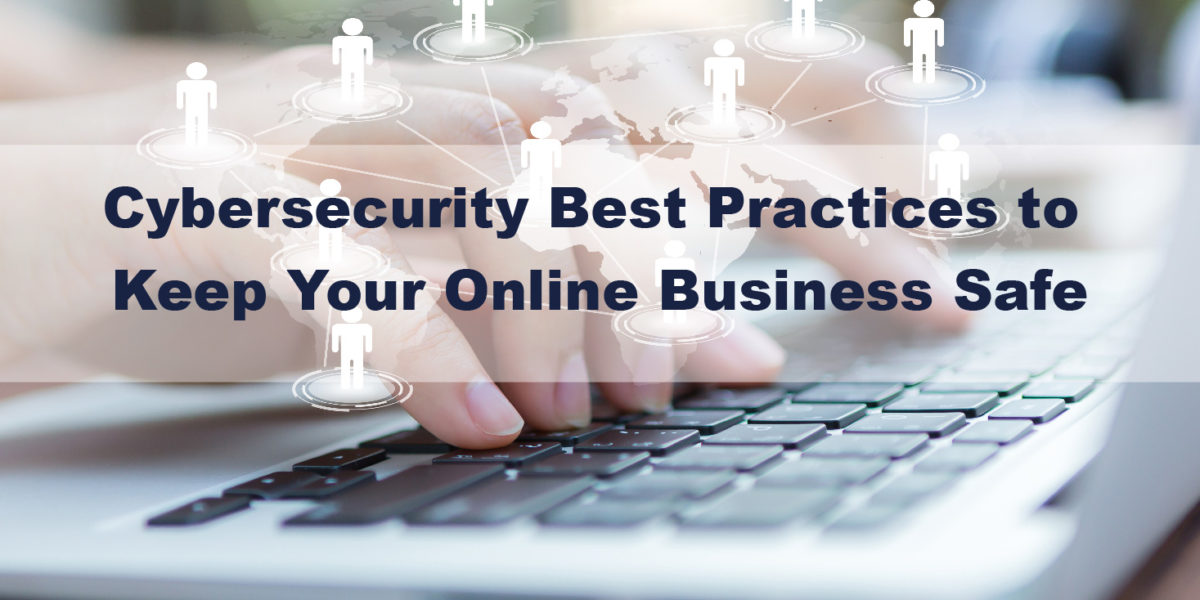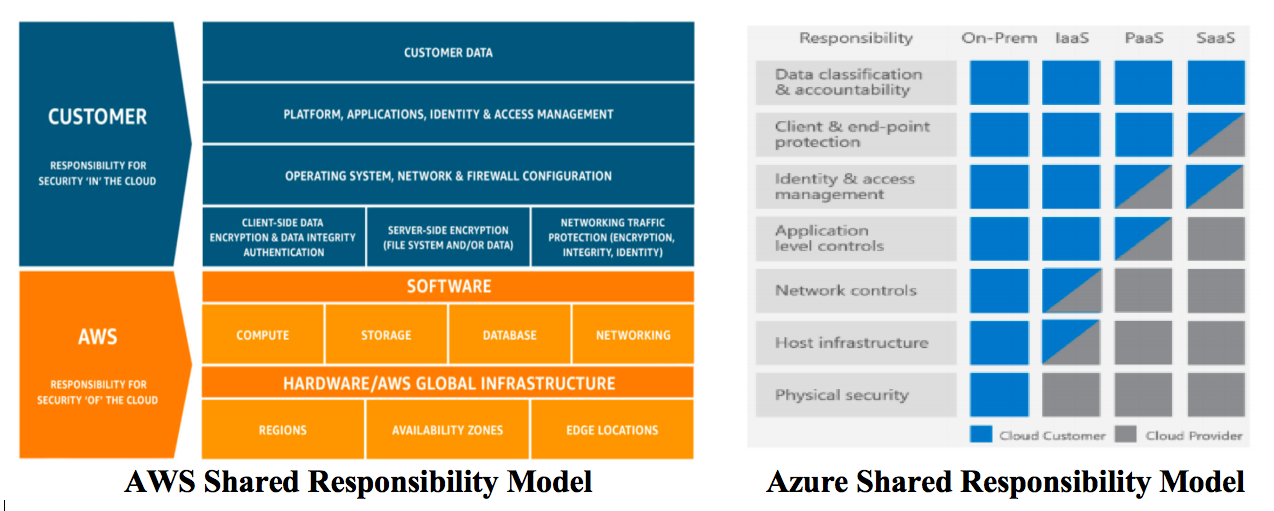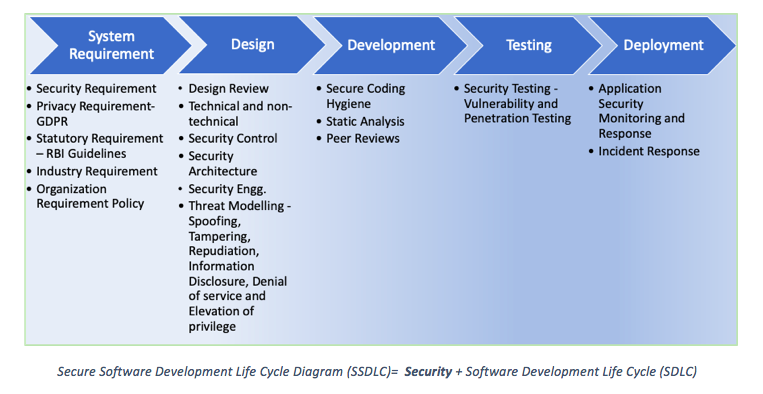Assess your business risk
The first step in improving your cybersecurity is understanding your risk of an attack, and where you can make the biggest improvements.
A cybersecurity risk assessment can identify where a business is vulnerable, and help you create a plan of action—which should include user training, guidance on securing email platforms, and advice on protecting the business’s information assets.
Planning and assessment tools
There’s no substitute for dedicated IT support—whether an employee or external consultant—but businesses of more limited means can still take measures to improve their cybersecurity.
Reach out the expert cybersecurity consultant or firms to help you with planning and assessment to get customized solutions for your business.
Cybersecurity best practices
Train your employees
Employees and emails are a leading cause of data breaches for small businesses because they are a direct path into your systems. Training employees on basic internet best practices can go a long way in preventing cyber attacks.
Training topics should include:
- Spotting a phishing email
- Using good browsing practices
- Avoiding suspicious downloads
- Creating strong passwords
- Protecting sensitive customer and vendor information
Maintain good cyber hygiene
Use antivirus software and keep it updated
Make sure each of your business’s computers is equipped with antivirus software and antispyware and updated regularly. Such software is readily available online from a variety of vendors. All software vendors regularly provide patches and updates to their products to correct security problems and improve functionality. Configure all software to install updates automatically.
Secure your networks
Safeguard your Internet connection by using a firewall and encrypting information. If you have a Wi-Fi network, make sure it is secure and hidden. To hide your Wi-Fi network, set up your wireless access point or router so it does not broadcast the network name, known as the Service Set Identifier (SSID). Password protect access to the router.
Use strong passwords
Using strong passwords is an easy way to improve your cybersecurity. Be sure to use different passwords for your different accounts.
Multifactor authentication
Multifactor authentication requires additional information (e.g., a security code sent to your phone) to log in. Check with your vendors that handle sensitive data, especially financial institutions, to see if they offer multifactor authentication for your account.
Protect sensitive data and back up the rest
Back up your data
Regularly back up the data on all computers. Critical data includes word processing documents, electronic spreadsheets, databases, financial files, human resources files, and accounts receivable/payable files. Back up data automatically if possible, or at least weekly, and store the copies either offsite or on the cloud.
Secure payment processing
Work with your banks or card processors to ensure the most trusted and validated tools and anti-fraud services are being used. You may also have additional security obligations related to agreements with your bank or processor. Isolate payment systems from other, less secure programs and do not use the same computer to process payments and surf the Internet.
Control physical access
Prevent access or use of business computers by unauthorized individuals. Laptops can be particularly easy targets for theft or can be lost, so lock them up when unattended. Make sure a separate user account is created for each employee and require strong passwords. Administrative privileges should only be given to trusted IT staff and key personnel.
We at DigiSec360 helps businesses with security assessment and compliance requirements.
For more information reach out to us at [email protected]




